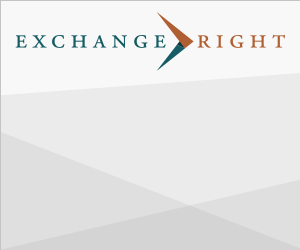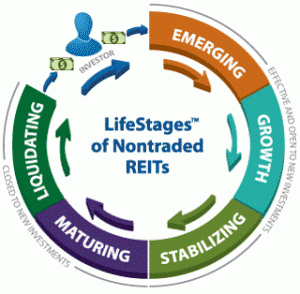Howard Schneider | Reuters
Federal Reserve officials throughout this year had pinned their hopes for falling inflation in part on an expected easing of U.S. housing price increases that would flow from their sharp interest rate hikes, and the data had largely followed suit.
That changed in September when U.S. central bank officials themselves sensed that progress on housing inflation might have stalled. Data released on Thursday confirmed a jump in shelter prices that, for a month at least, bucked the trend.
Analysts don’t expect it to continue, with real-time rent data still pointing to an eventual slowdown in official housing price indexes that include information from a year ago in a moving average.
But the shelter cost data was enough to slow progress on consumer price inflation for a month, and will need to move back in the other direction for Fed officials to stay comfortable in the likelihood of continued progress toward their 2% inflation goal. The rate of underlying, or “core,” consumer price inflation, did slow on a year-on-year basis to 4.1% last month from 4.3% in August, but on a monthly basis the pace of shelter cost increases doubled, to 0.6% from 0.3% in August.









